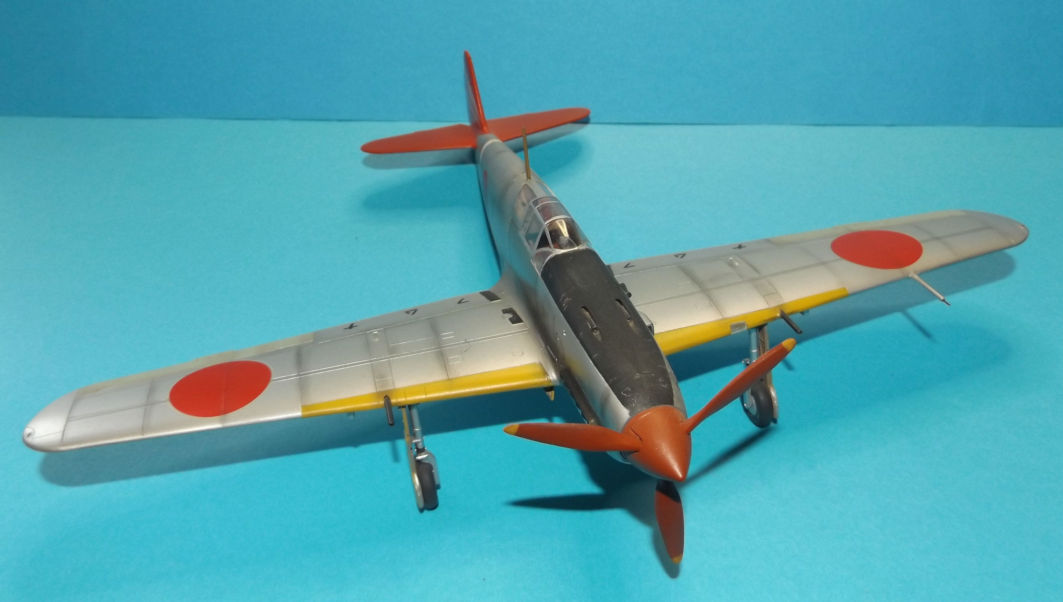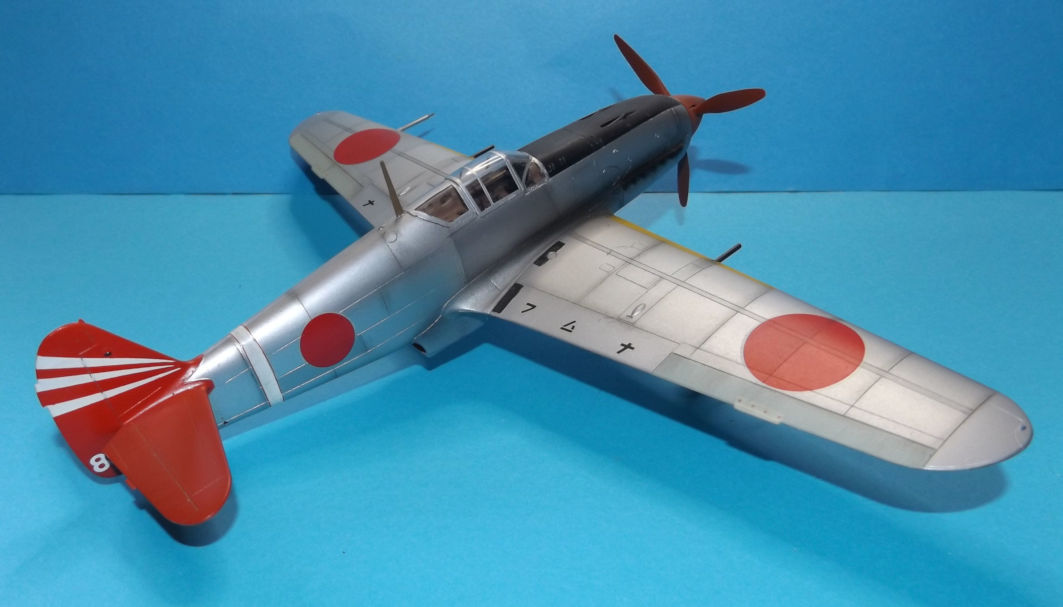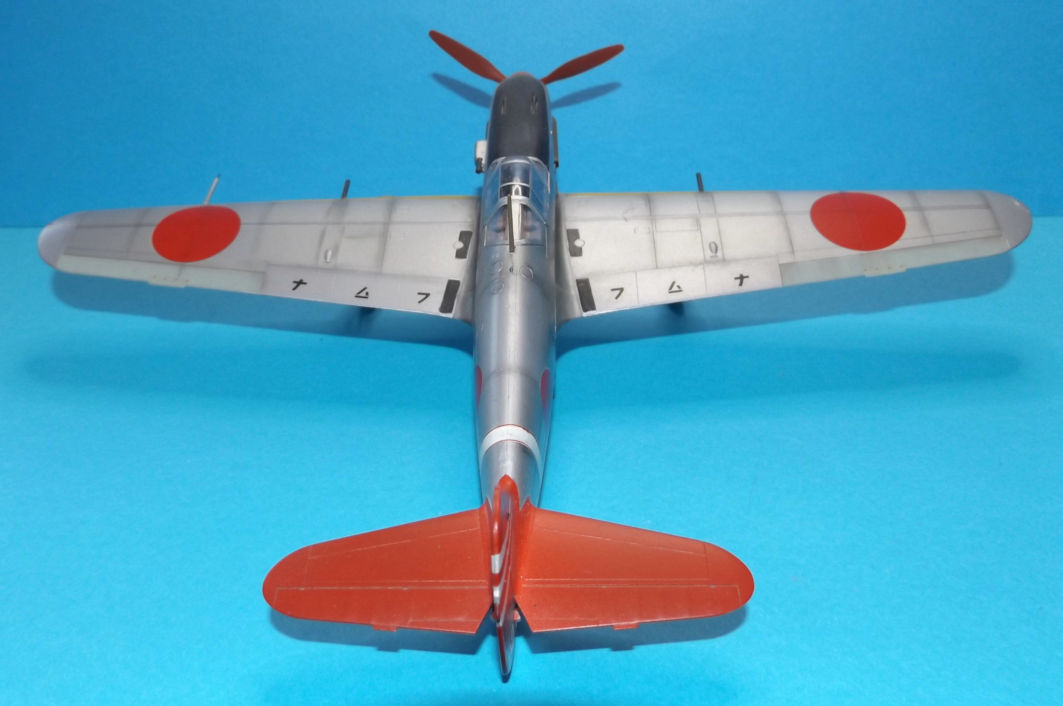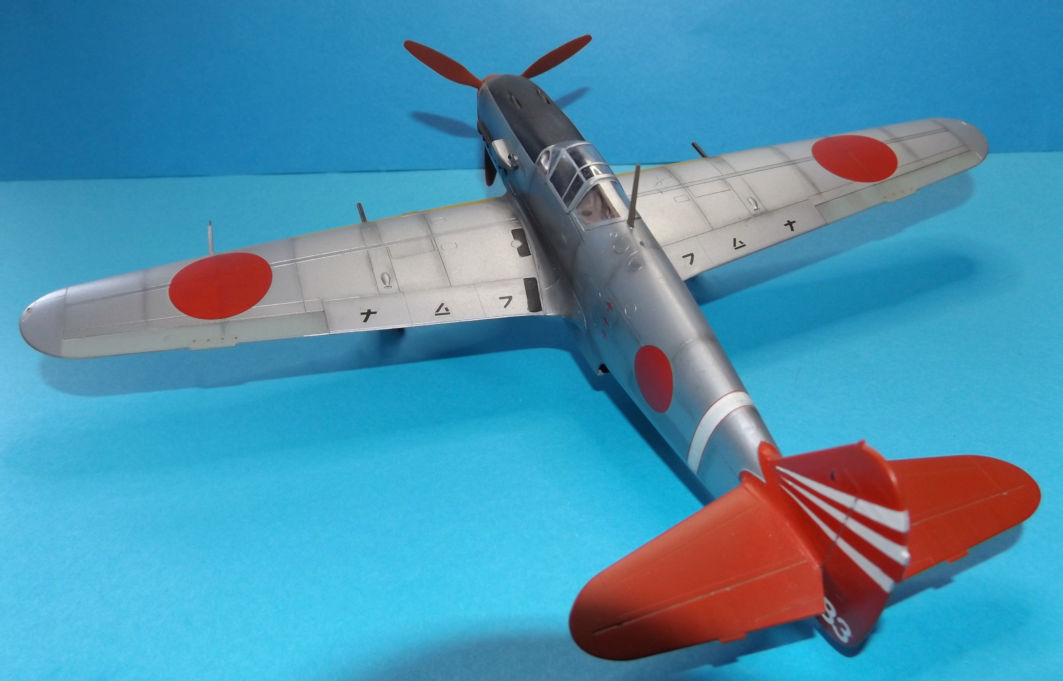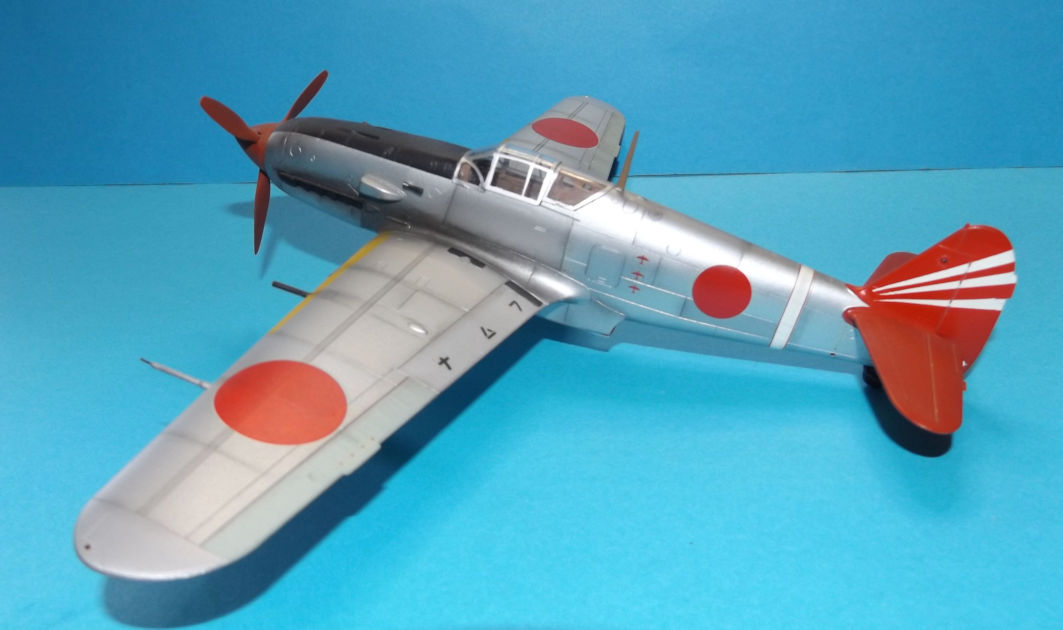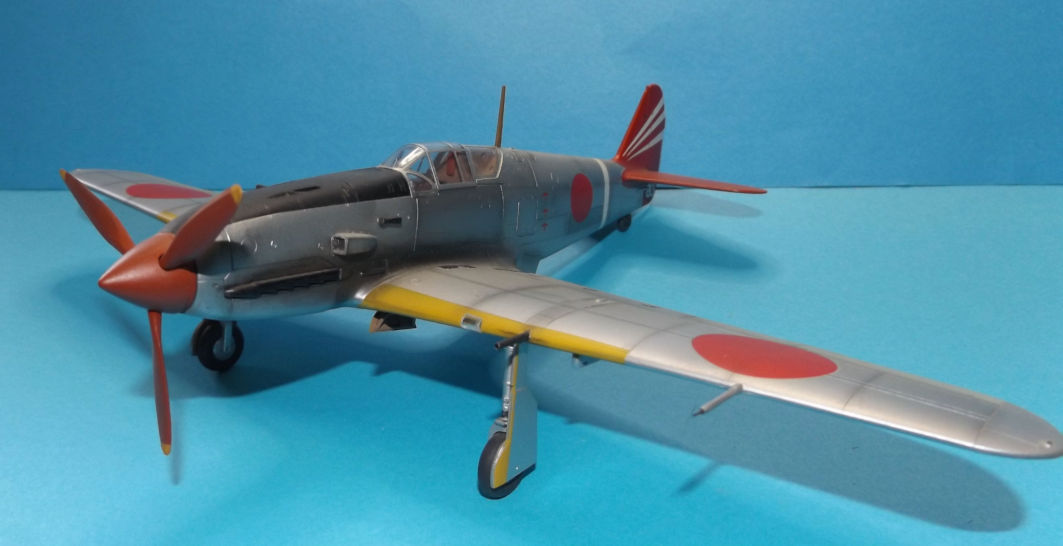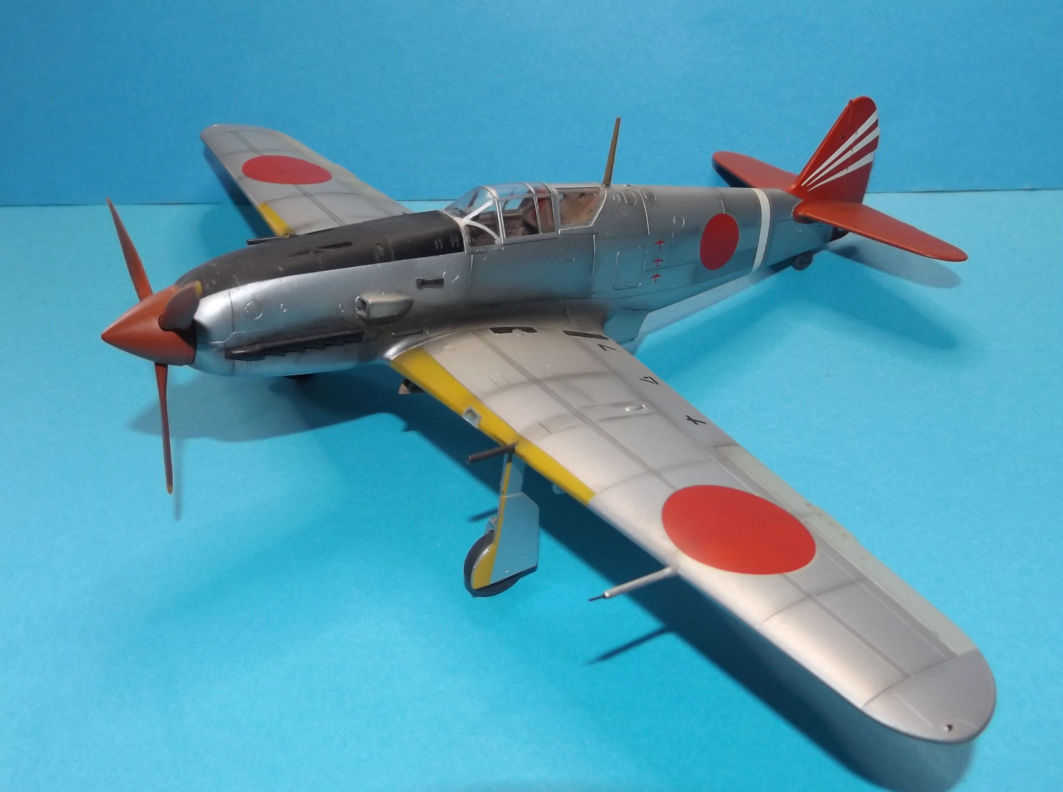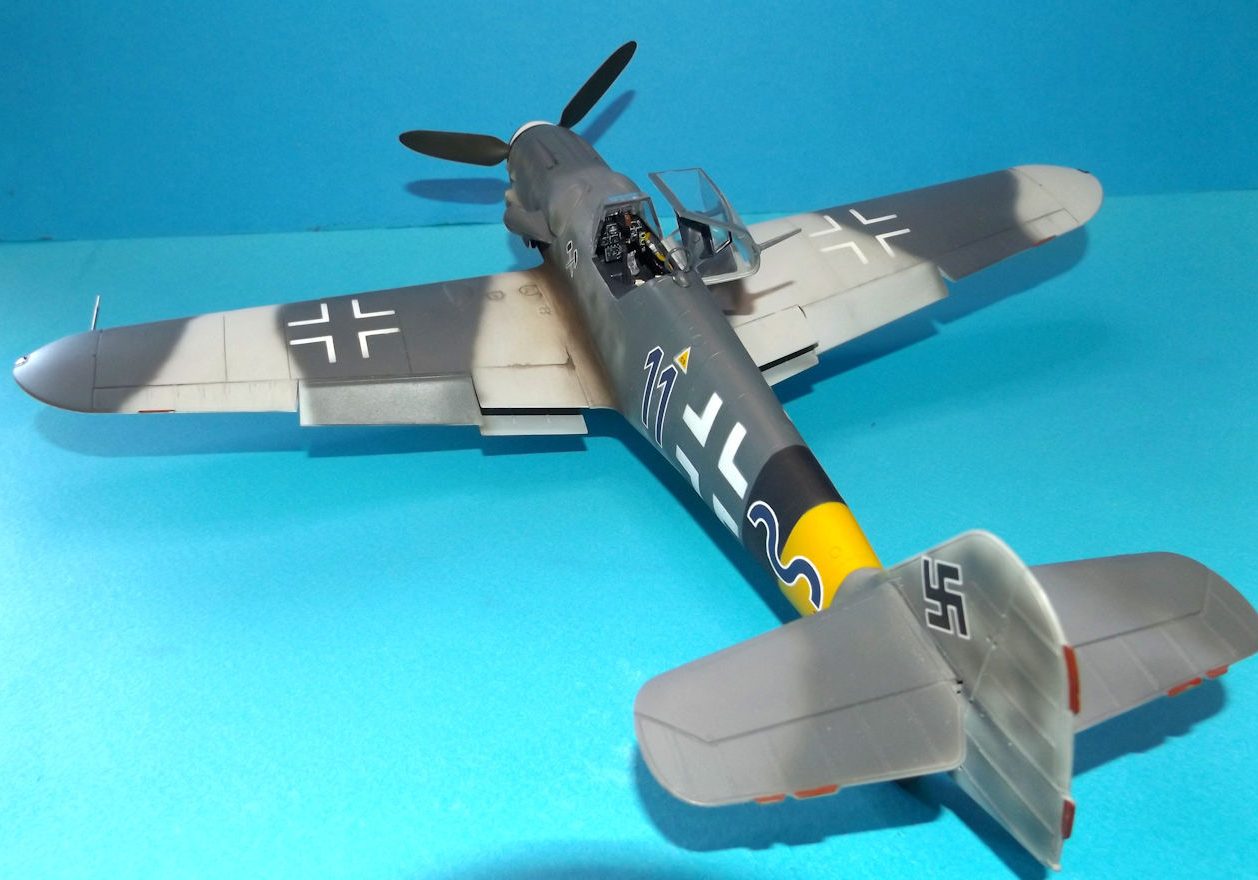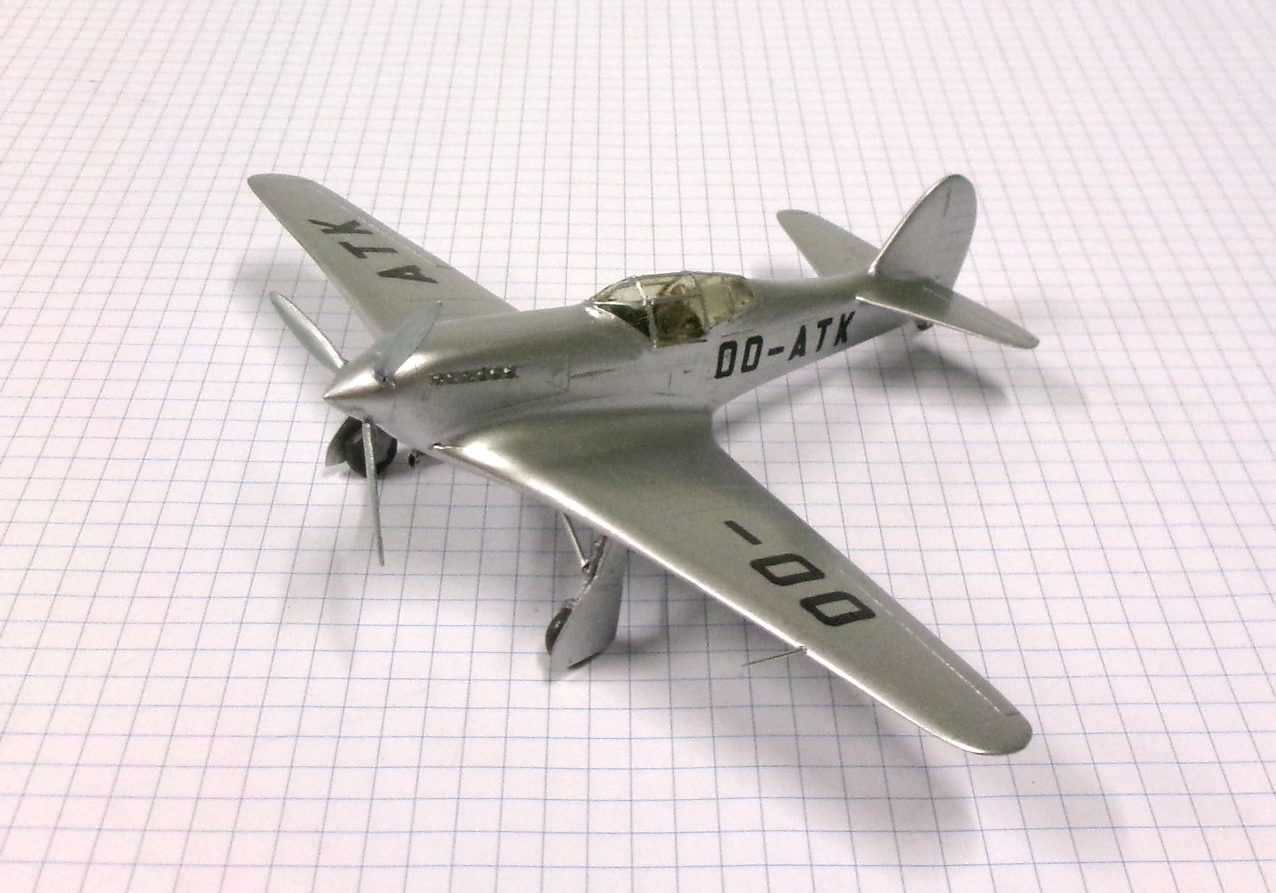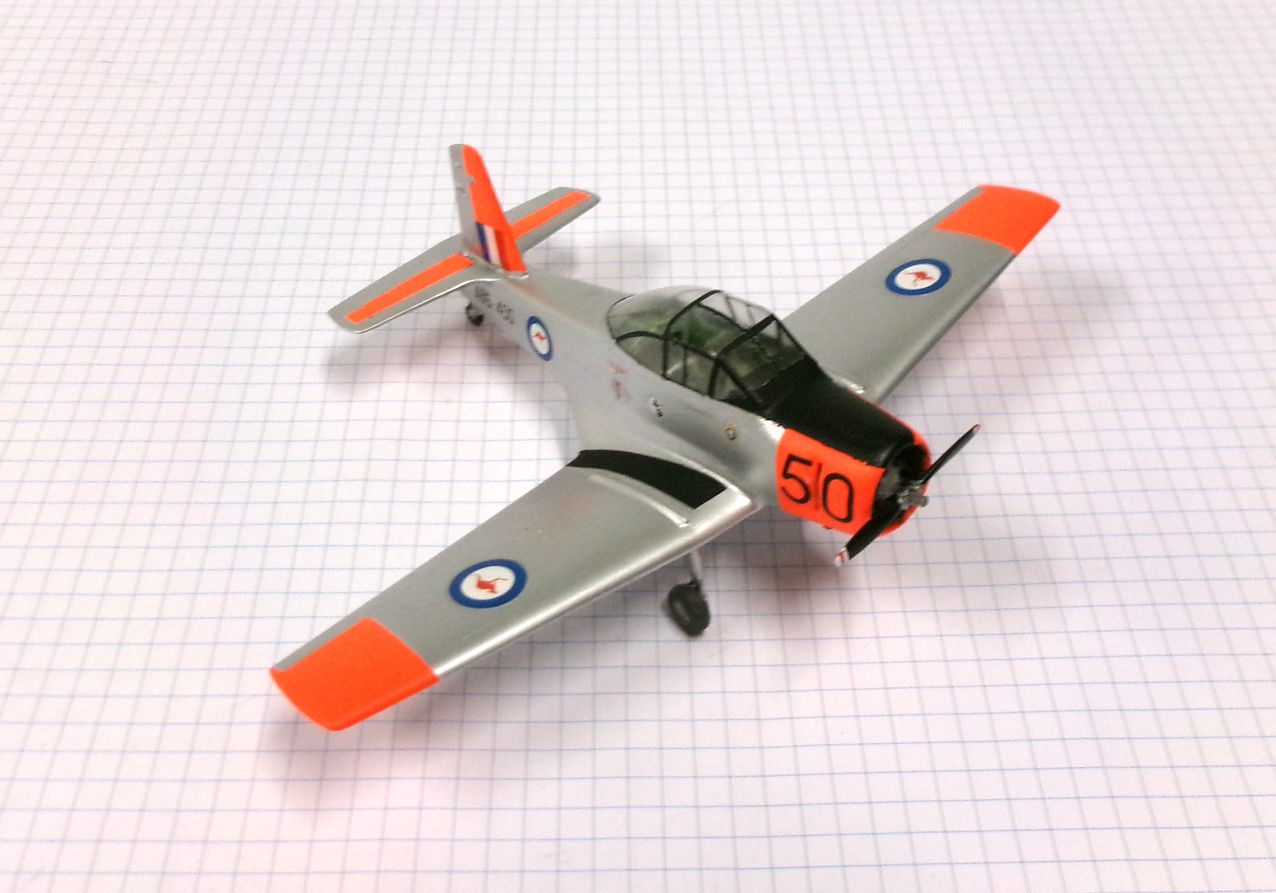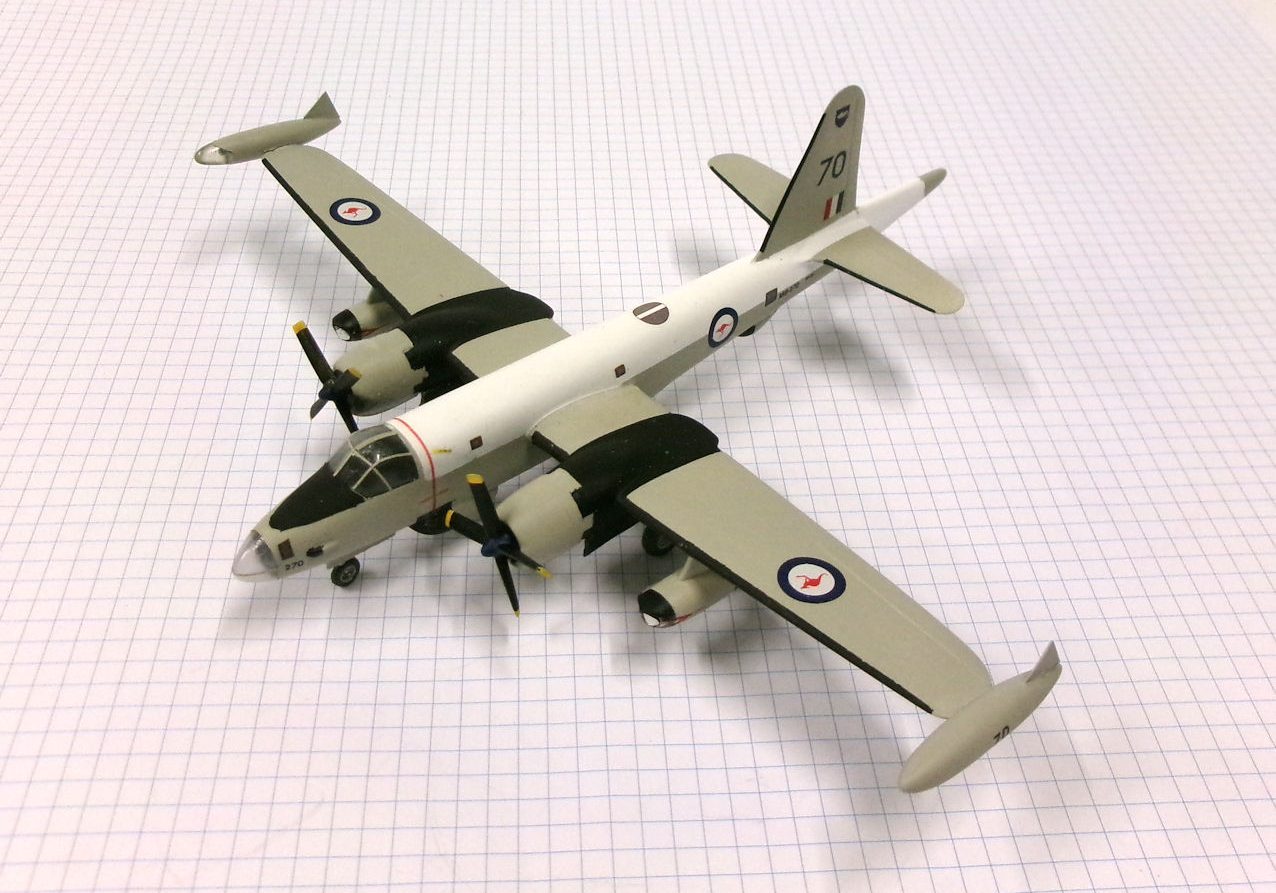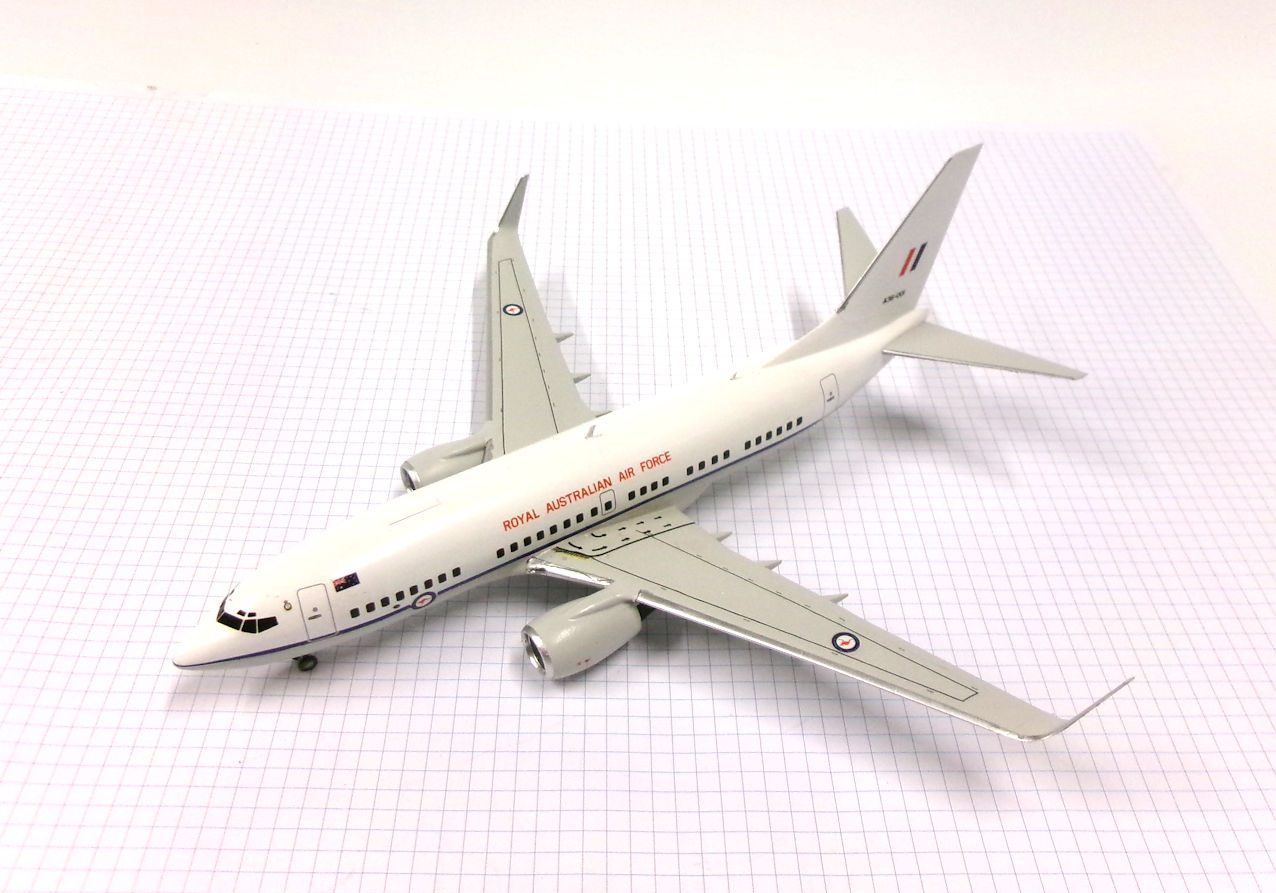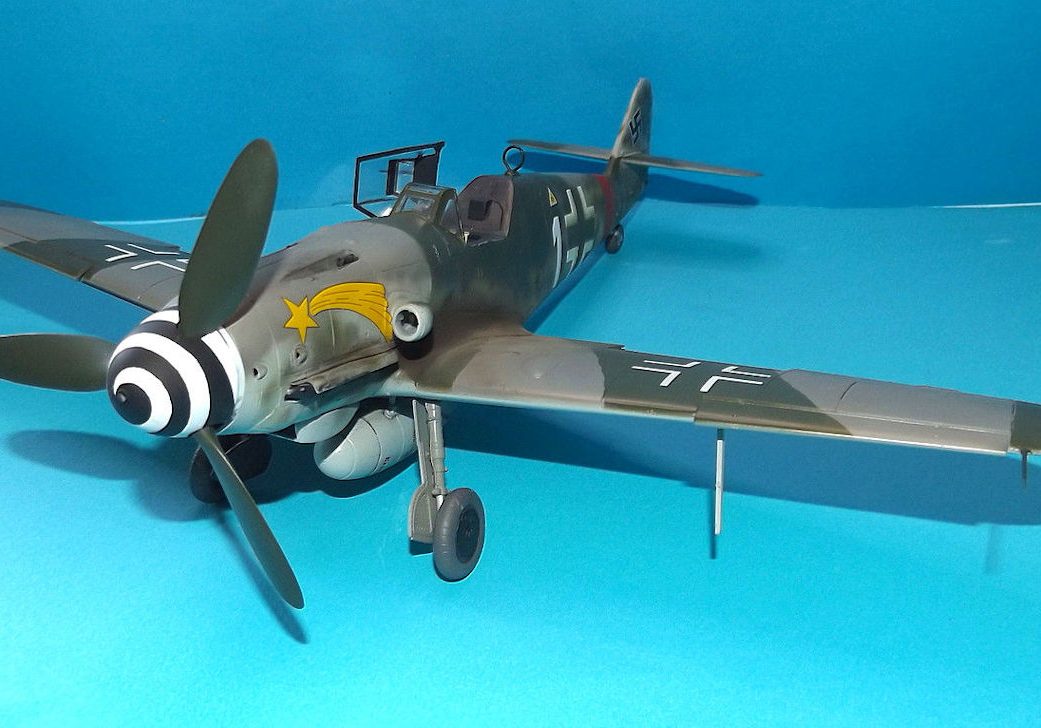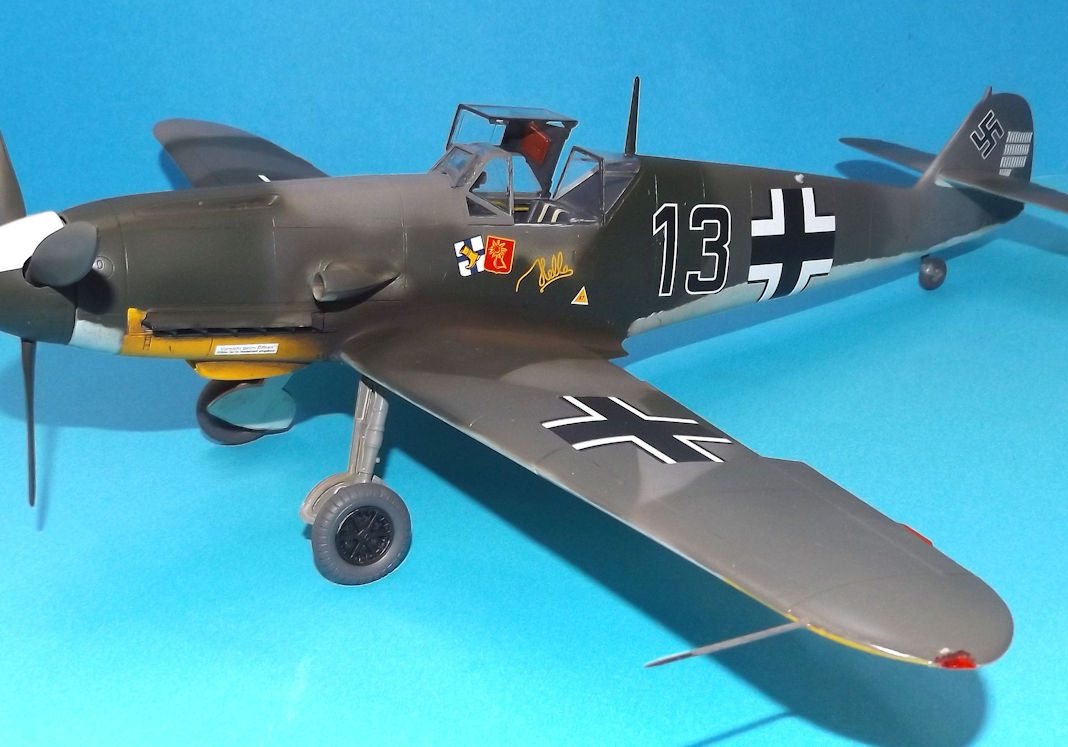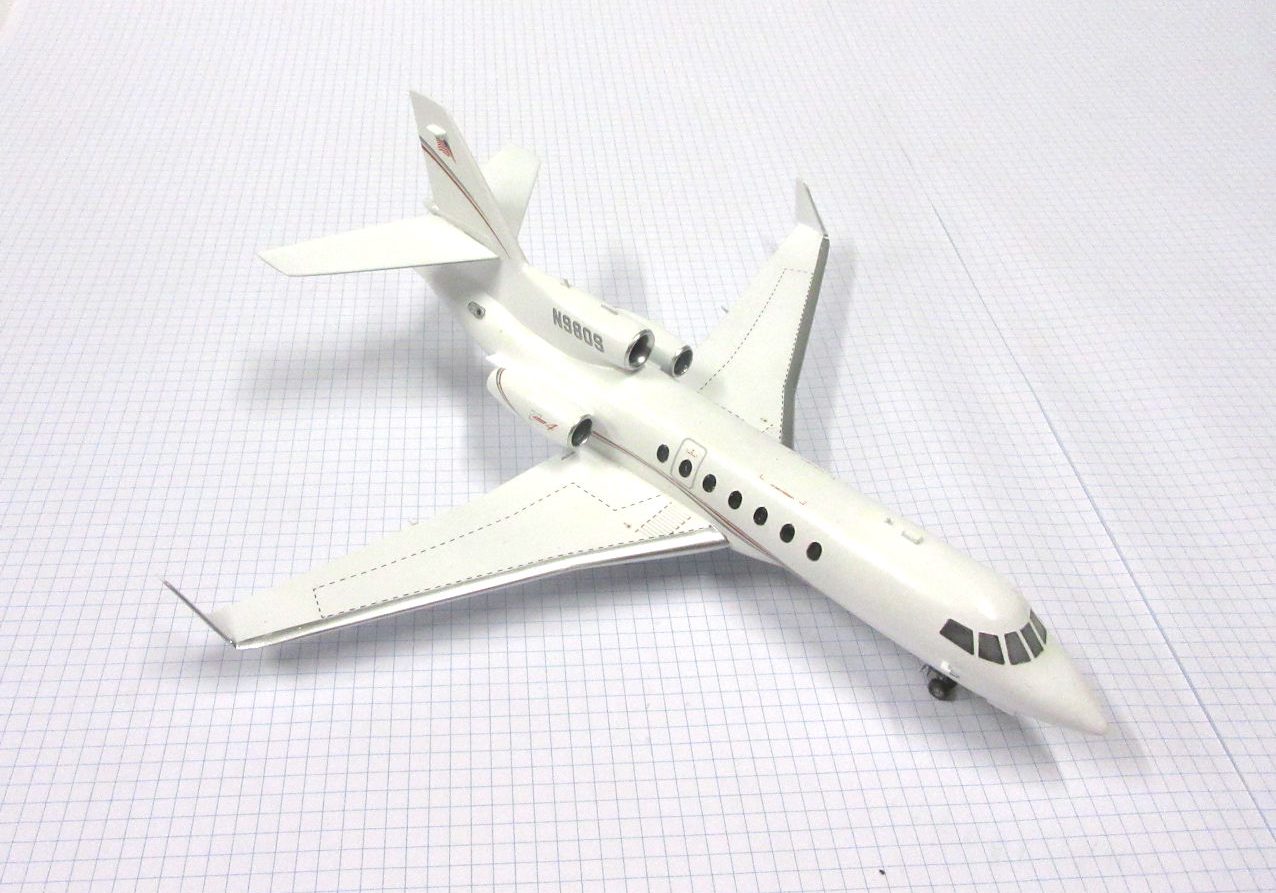History
The Kawasaki Ki-61 was the only mass produced Japanese fighter of World War II to use a liquid cooled in-line engine. They were fast, manoeuvrable and heavily armed and armoured in comparison to contemporary Japanese fighters.
The Kawasaki Ki-61 was designed to meet a 1939 for a fighter to be built around the Kawasaki Ha40 engine, a licence built version of the German Daimler Benz DB601 in-line engine.
The first prototype flew in December 1941 but authorities were sceptical until test against other fighters showed it was faster than all the fighters it was tested against and more manoeuvrable than all but the Ki-43 fighter.
Over 3,000 Ki-61s were produced. They began entering service in 1943.
This model represents a Ki-61 of the 2nd Chutai,18th Sentai which formed part of the 10th Hikoshiden in January 1945.
The 18th Sentai provided volunteers to form the 6th Shinten Seiku-tai, a suicide attack unit to ram Boeing B-29s.
The pilot was Chui, Mitsuo Oyake, Chutaicho of the 2nd Chutai, 18th Sentai.
On the 7th April 1945 he rammed a Boeing B-29 raiding Tokyo and successfully bailed out. This brought his total of B-29s downings to four with three others damaged.
Hasegawa 1/48 kit with Eduard aftermarket seat belts and brass rod win cannon barrels. After market decals and tail areas masked and painted. Painted in Floquil Old Silver lacquer with panels tinted with Floquil mised with other lacquer colours and completed by Wayne around 2015.
